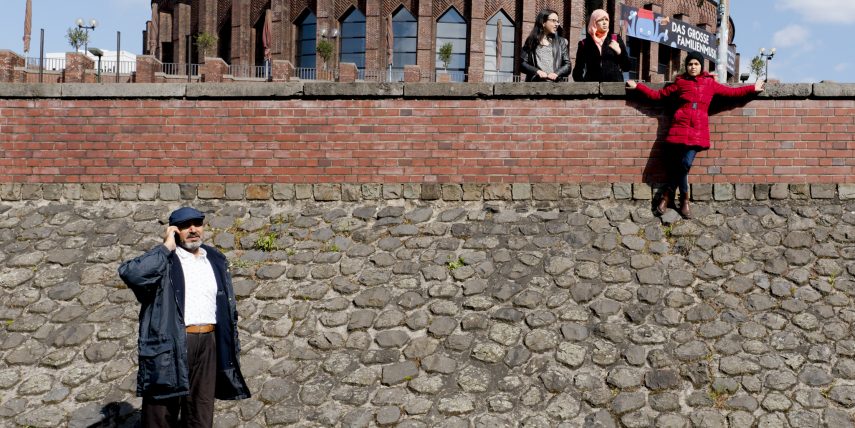4 Ways to Conquer Your Fear of Street Photography
Street photography, in the context of taking candid pictures of people you don’t know, can be terrifying for first-timers. “What if they get mad at me?” “What if they want me to delete the picture?” “What if they kick my ass?!”
These are all questions I’ve asked myself and have heard others ask. I had to get over this mindset myself (and still backslide from time to time!), so here I’ll share a few things that might help you if you’re currently struggling with a fear of street photography:
Inhaltsverzeichnis
Ask First
You might be surprised at how many people either don’t mind or are flattered if you ask to take their picture. Some people might wonder why you’re doing it, and you can say literally anything.
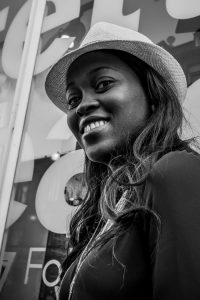
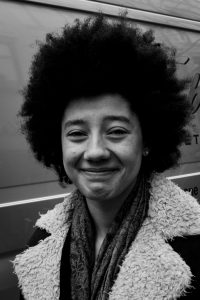
“I’m a film student doing a project.” “I really like your coat/dress/shoes.” “I just think you look interesting.” No one will really care or remember what you said, but they will be flattered that some random person on the street thought they were interesting enough to be in a picture.
A fun street photography game I like to play is the “Ten No Challenge.” You go out with a few other photographer friends, and ask everyone before you take their picture. The goal is to hear “No” ten times. I haven’t completed this challenge yet.
Be Discreet
This is the opposite of the first tip. If you’re afraid of “getting caught” taking someone’s picture, then don’t take their picture. Take a picture of the building behind them that happens to feature them prominently.
If you’re shooting with the viewfinder, keep the camera held to your eye until your subject passes. Don’t look them in the eye; that’s a dead giveaway that you’ve just taken their picture.
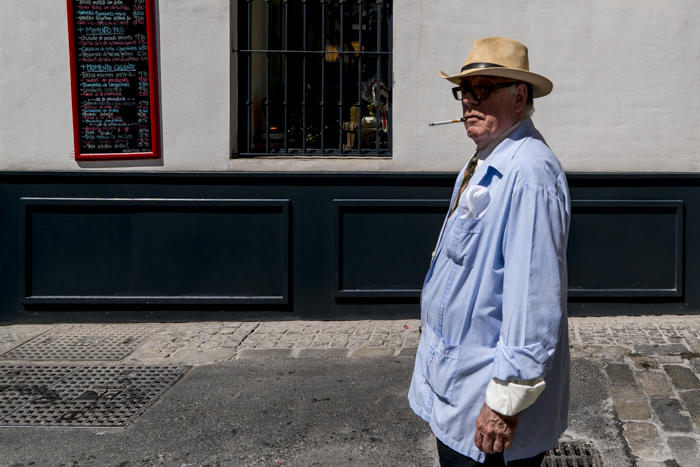
Think of your subjects like Medusa, the Gorgon sister who could turn men to stone with a glance. As you’re starting out, only look at your subjects through a viewfinder or LCD screen, never eye to eye.
If you have a modern camera body, there are two features that can help you immensely when shooting street photographs: burst mode and silent shutter.
With a silent shutter, you can pretend you’re framing a shot and press the shutter as your subject walks into the frame.
With burst mode, you’re playing a numbers game and hoping that at least one of the frames was decent.
And for the love of whatever you hold dear, don’t chimp. “Chimping“ is when you look down at your LCD screen right away to see if you “got the shot.” Just don’t do it. It draws attention to you and it won’t change your shots one bit after the fact.
If your camera body allows you, turn the “review” feature off (this will save battery too). Look at your pictures later, with a larger screen and your favorite drink.
A note of caution: don’t let any of these techniques or features become a crutch. They can be helpful and they have their uses, but if you lock yourself in to only shooting this way, you’re placing a restrictive limit on yourself that will hinder your growth as a street photographer.
Gradually Decrease Your Comfort Zone
There are many different styles of street photography out in the wild today, from creepy guys on Flickr with zoom lenses, to Bruce Gilden and his unapologetic point-blank portraits.
Now, granted, Bruce is a little more famous than the superzoom heroes, but the point is that if you’re just not comfortable cooking someone with a flash from 3 feet away, start off with a telephoto lens and take some easy shots. Say, someone walking across a bridge or bicycling between two trees. The next time, use a shorter focal length.
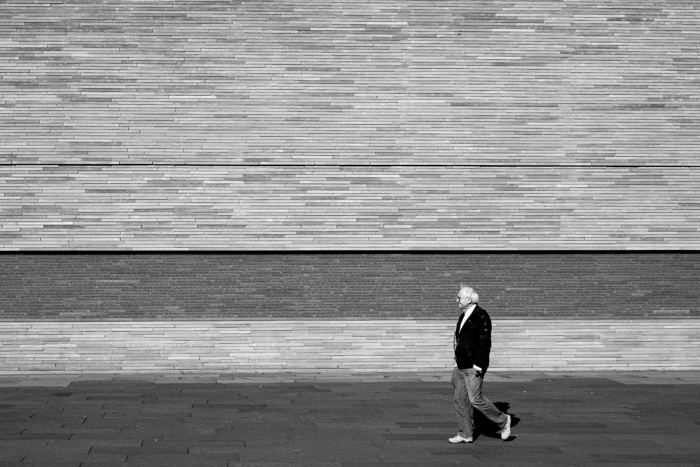
Whatever your sticking point is, force yourself to improve a little each time. It’s fine if you take some easy, reproducible shots at first, as long as you take less of them next time.
If you’re just starting out in street photography, I think it’s fairly natural to assume that everyone is watching you and that there is a huge, blinking neon sign above you that says CAMERA! I promise this is all in your head. In the meantime, if it helps to remove yourself from the action, it’s better to take some shots this way than not at all.
Make it a Game
This will sound like a cliche, but you’re never going get comfortable approaching a stranger and pressing the shutter unless you do it a lot. There’s no better way to force yourself to „play“ than by putting some skin in the game.
Challenge yourself to take 10 pictures a day for a month. Give your buddy $100 bucks and tell him to give you $1 back for each picture you show him. Go shooting with a friend and issue each other challenges like “Take a picture of that lady with the huge sunglasses and purple coat.” If you back down, you owe your friend a drink.
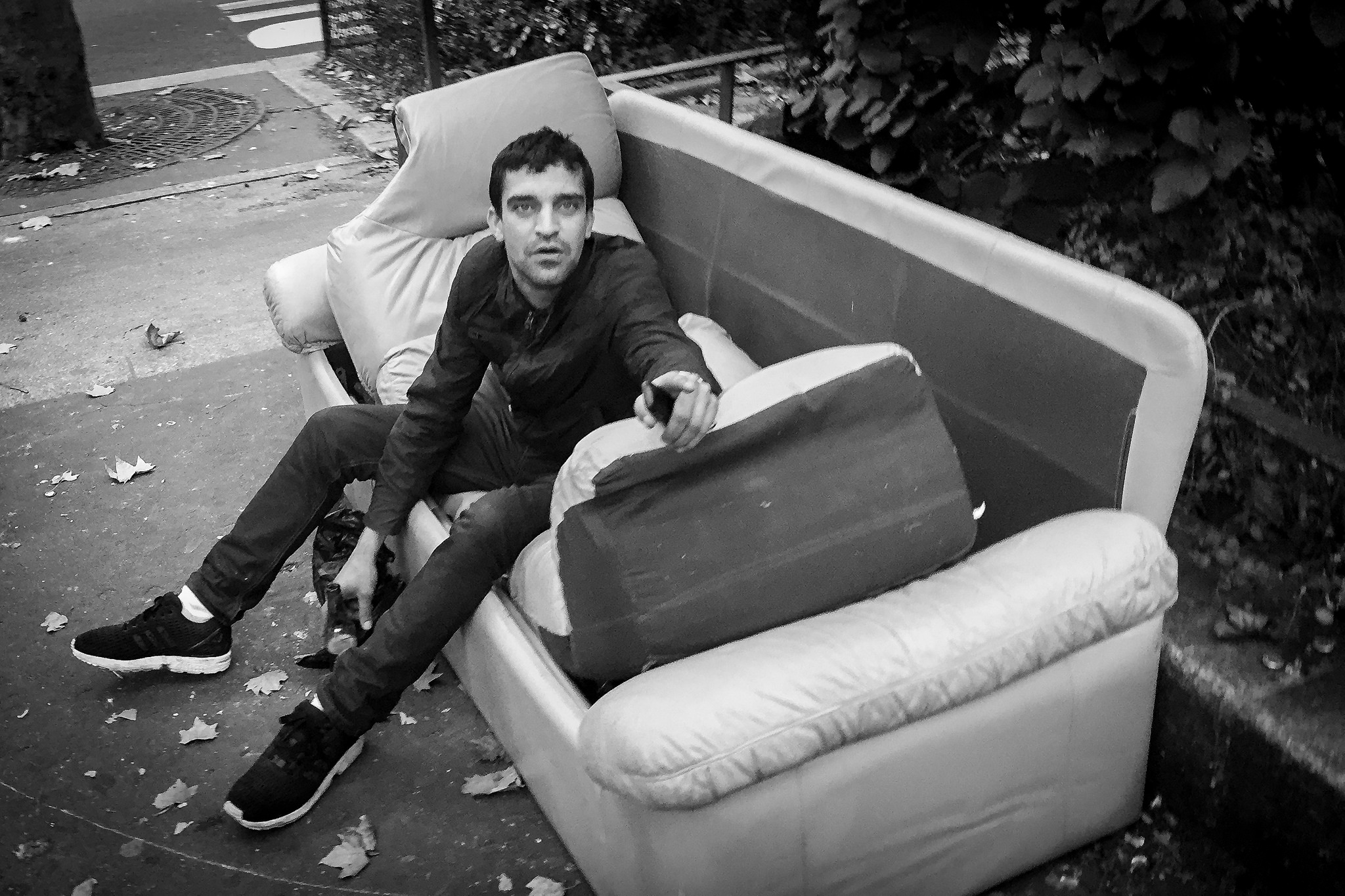
Bottom line: do whatever it takes to put yourself out there and get yourself shooting until it feels natural and comfortable.

